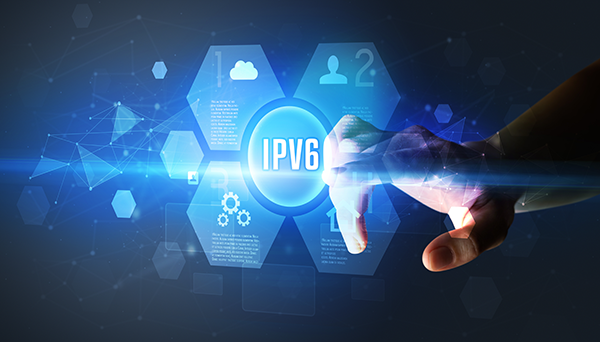The primary function of IPv6 is to allow for more unique TCP/IP address identifiers to be created, now that we’ve run out of the 4.3 billion created with IPv4. This is one of the main reasons why IPv6 is such an important innovation for the Internet of Things (IoT), Artificial Intelligence (A.I). Internet-connected products are becoming increasingly popular, and while IPv4 addresses couldn’t meet the demand for IoT products, IPv6 gives IoT products a platform to operate on for a very long time.
There are dozens of reasons why IPv6 is superior to IPv4 (and why this new internet protocol is important for companies to understand), but we’re zeroing in on IPv6 for IoT. Let’s take a look

| Operation | IPv4 | Ipv6 |
|---|---|---|
| Stateless auto address configuration | ||
| More Efficient Routing | ||
| 5 Billion Devices | ||
| End to End connection Integrity | ||
| IPSec in protocol | ||
| End to End Encryption | ||
| Fixed Header Fields | ||
| Broadcast (In Ipv4 broadcast address are used to send packets to all nodes in subnet. In IPv6 no broadcast addresses. Link local scope all-nodes multicast address is used) |




